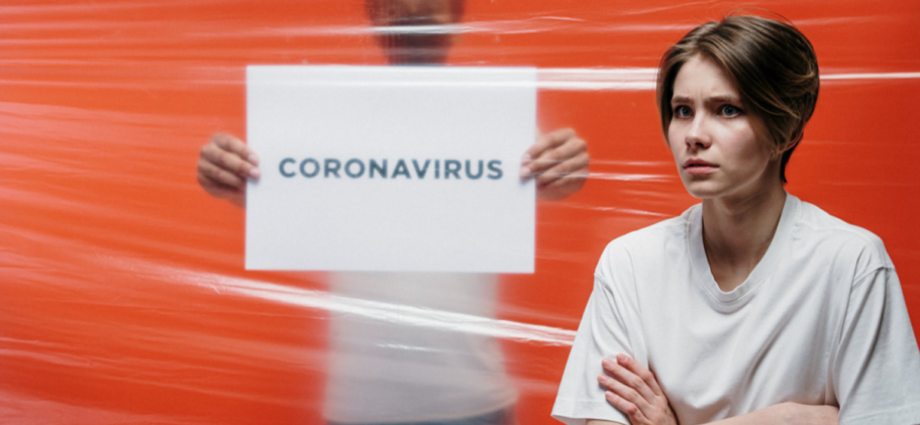|
|
Americans are four times more likely to suffer from Generalized Anxiety than Mexicans living south of the border, according to a 2002 World Health Organization (WHO) study. Other studies have found that Mexicans recover from anxiety attacks twice as quickly as Americans. However, Mexicans who migrate to the United States see their rates of depression and anxiety soar.
Nervous Exhaustion
The idea that nervousness, anxiety and depression are products of American civilization goes back to George Miller Beard (1839-1883), a New York doctor who wrote in the 1869 Boston Medical and Surgical Journal that he had seen a new affliction in at least 30 of his patients. He called it Neurasthenia or a nerve weakness. Beard went on to write that this “nervous exhaustion” afflicted primarily ambitious, upwardly mobile members of the urban middle and upper classes whose nervous systems were over-taxed by a rapidly modernizing American civilization.
Stress of Technological Evolution
Influenced by Charles Darwin’s (1809-1882) ideas on natural selection, Beard believed that American culture and technological evolution had outstripped biological evolution, putting enormous stress on people in business and industry. Beard believed that constant change along with constant striving for achievement, wealth and status produced rampant nervous weakness. He thought that the United States had invented nervousness as a cultural condition, and wrote that no other civilization experienced such nervousness.
Uniquely Anglo-Saxon
In ancient cultures, people could not experience such nervousness because they did not possess (nor imagine) “steam power, the periodical press, the telegraph, the sciences, and the mental activity of women.” There was no word for nervousness or anxiety in the ancient Greek language. Beard also believed that Neurasthenia affected only the more advanced races, especially the Anglo-Saxon and saw that no Catholic country is very nervous. Beard had no real evidence to support this notion but a century and a half later, studies such as the WHO research agreed with him.
Nervousness Sign of High Class
In Beard’s estimates, ten percent of his patients were in fact other physicians, and by 1900 “nervousness” had become a mark of distinction of high class and culture. His elaborate books and journals contained hundred of pages of case studies describing symptoms you would see today, ranging from dizziness and ringing in the ears to nausea, vomiting, insomnia, heart palpitations to cold chills and difficulty swallowing. Keep in mind this was more than 125 years ago and long before such things as Income Tax, the internet and the Lotto.
Anxiety Here to Stay
By the turn of the century, 1900, the language and imagery had permeated to every corner of American culture. Every magazine and newspaper wrote articles about Neurasthenic distress (depression, panic and anxiety). If you personally didn’t suffer from it, surely you had family or friends who did. It appeared that anxiety was here to stay.
America an Overstressed Nation
And stay it has. Today, nearly 40 million Americans suffer from clinical Anxiety Disorder. More Americans seek medical treatment for anxiety than for back pain or migraine headaches. Survey after survey reports that America is an “overstressed nation,” with as many as half of all Americans believing there is more stress in the workplace now than in the past. The average high school student today has the same level of anxiety as the average psychiatric patient in the 1950s, according to psychologist Robert Leahy.
Anxiety is now increasing around the world. According to a WHO survey of 18 nations, Anxiety Disorders are now the most common mental illness on earth.
(Source: My Age of Anxiety, Scott Stossel, 2013)
This report is not a diagnosis. We hope this information can guide you toward improving your life.
Review our Knowledge Base or the links displayed on this page for similar and related topics.

